Greenhouse gas emissions from agriculture increased by 2.9% last year, though overall national emissions decreased by 0.9%, according to the latest annual figures from the EPA.
The most significant driver of agricultural emissions was a 3.1% increase in dairy cow numbers, associated with a 9.1% increase in milk production in 2017.
Emissions of nitrous oxide released through the application of fertiliser also increased by 10%. Gases associated with the number of beef cattle, pigs, sheep and fuel use rose in smaller proportions.
Agricultural production has gained some efficiency over this period but that we have some way to go before full decoupling
"Dairy cow numbers have increased by 26% in the last five years while greenhouse gas emissions from the sector increased by 10% over that time," the EPA reported.
Agriculture was in the middle range of economic sectors for climate performance last year and its share of national emissions has increased slightly, now standing at 33.3%.
Economic growth saw emissions from industry, services and the public sector increase by between 3% and 7%.
Households reduced their emissions by 5% thanks to a milder winter.
Electricity generation performed best, with a 6.9% cut in emissions as natural gas and renewable energy continues to replace coal, peat and oil.
Biofuels
Greenhouse gas emissions from transport decreased as the proportion of biofuels in motor fuels increased, but the EPA warned that part of the improvement can be attributed to motorists buying fuel across the border.
"The figures published today indicate that Ireland will exceed its 2017 annual limit by nearly 3m tonnes of carbon dioxide equivalent. This gives a measure of the gap between where Ireland is currently in terms of the 2020 pathway and where we need to be and indicates the scale of the challenge facing the country in terms of meeting our long-term decarbonisation ambitions," said Dr Eimear Cotter, director of the EPA's office of environmental sustainability.
Reactions
Minister for Climate Action Richard Bruton welcomed the annual decrease in emissions, but warned that Ireland remained well off meeting 2020 targets.
"We have stabilised usage in the residential, services and energy sectors. However, since the recovery, we haven’t succeeded in breaking the link between economic progress and emissions in the industry, agricultural and transport sector," he said.
IFA president Joe Healy acknowledged the increase in agricultural emissions at a time when demand for dairy and beef is going up. "If agri food production is limited in Ireland, it will happen elsewhere and contribute to increased international greenhouse gasses,” Healy said. “We have a natural advantage in food production due to our grass-based production system. At present no credit is given in the climate data to the contribution that our permanent pasture and hedgerows make to carbon sequestration. This is not giving a fair picture of the overall positive contribution of agriculture,” he added, calling on the Government to support the measures identified by Teagasc to reduce emissions.
Read more
'Idle cows and cull calves': efficiency to the rescue of dairy's green image
‘Carbon tax will have an impact on agriculture' – Taoiseach
Production can grow as greenhouse gas emissions flatline – Gleeson
Environment: what we know about methane
Greenhouse gas emissions from agriculture increased by 2.9% last year, though overall national emissions decreased by 0.9%, according to the latest annual figures from the EPA.
The most significant driver of agricultural emissions was a 3.1% increase in dairy cow numbers, associated with a 9.1% increase in milk production in 2017.
Emissions of nitrous oxide released through the application of fertiliser also increased by 10%. Gases associated with the number of beef cattle, pigs, sheep and fuel use rose in smaller proportions.
Agricultural production has gained some efficiency over this period but that we have some way to go before full decoupling
"Dairy cow numbers have increased by 26% in the last five years while greenhouse gas emissions from the sector increased by 10% over that time," the EPA reported.
Agriculture was in the middle range of economic sectors for climate performance last year and its share of national emissions has increased slightly, now standing at 33.3%.
Economic growth saw emissions from industry, services and the public sector increase by between 3% and 7%.
Households reduced their emissions by 5% thanks to a milder winter.
Electricity generation performed best, with a 6.9% cut in emissions as natural gas and renewable energy continues to replace coal, peat and oil.
Biofuels
Greenhouse gas emissions from transport decreased as the proportion of biofuels in motor fuels increased, but the EPA warned that part of the improvement can be attributed to motorists buying fuel across the border.
"The figures published today indicate that Ireland will exceed its 2017 annual limit by nearly 3m tonnes of carbon dioxide equivalent. This gives a measure of the gap between where Ireland is currently in terms of the 2020 pathway and where we need to be and indicates the scale of the challenge facing the country in terms of meeting our long-term decarbonisation ambitions," said Dr Eimear Cotter, director of the EPA's office of environmental sustainability.
Reactions
Minister for Climate Action Richard Bruton welcomed the annual decrease in emissions, but warned that Ireland remained well off meeting 2020 targets.
"We have stabilised usage in the residential, services and energy sectors. However, since the recovery, we haven’t succeeded in breaking the link between economic progress and emissions in the industry, agricultural and transport sector," he said.
IFA president Joe Healy acknowledged the increase in agricultural emissions at a time when demand for dairy and beef is going up. "If agri food production is limited in Ireland, it will happen elsewhere and contribute to increased international greenhouse gasses,” Healy said. “We have a natural advantage in food production due to our grass-based production system. At present no credit is given in the climate data to the contribution that our permanent pasture and hedgerows make to carbon sequestration. This is not giving a fair picture of the overall positive contribution of agriculture,” he added, calling on the Government to support the measures identified by Teagasc to reduce emissions.
Read more
'Idle cows and cull calves': efficiency to the rescue of dairy's green image
‘Carbon tax will have an impact on agriculture' – Taoiseach
Production can grow as greenhouse gas emissions flatline – Gleeson
Environment: what we know about methane




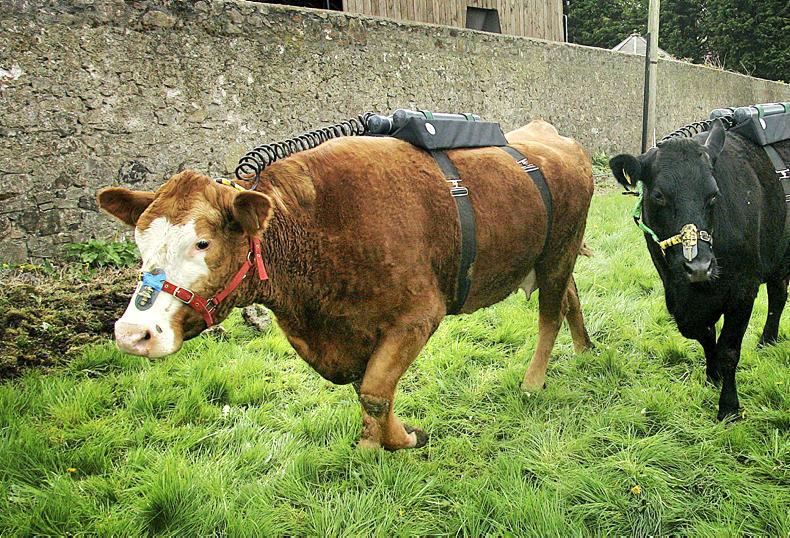
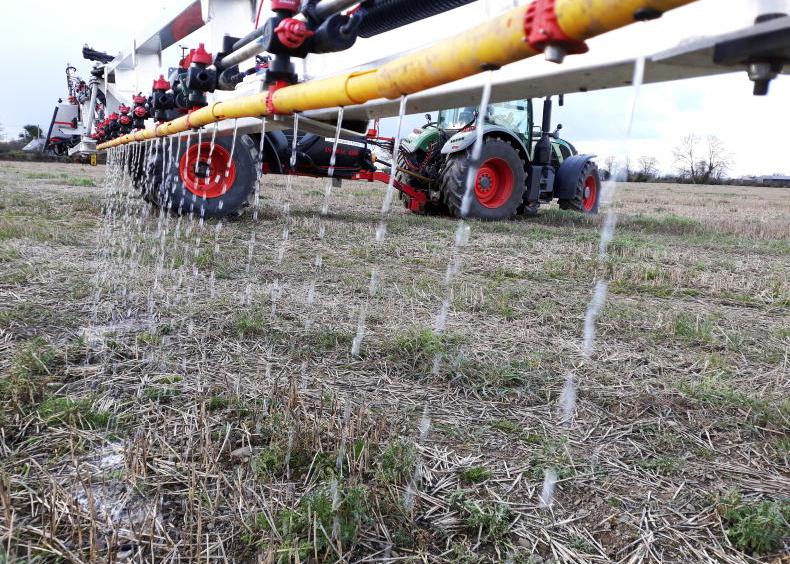
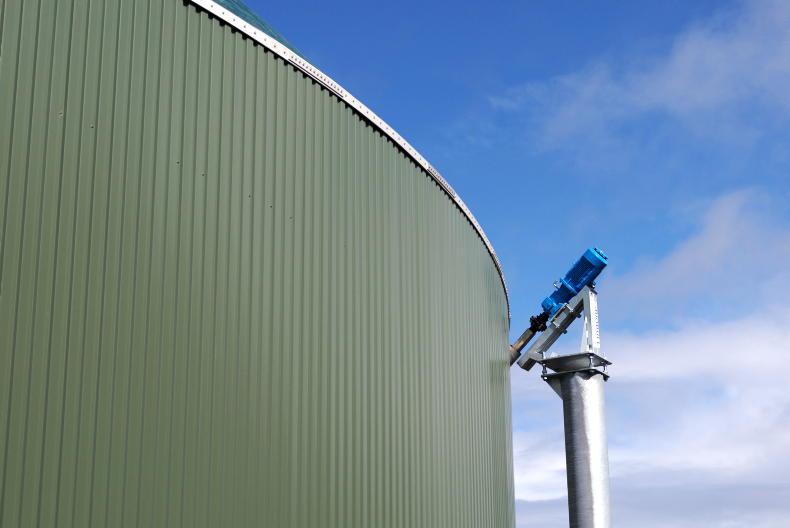
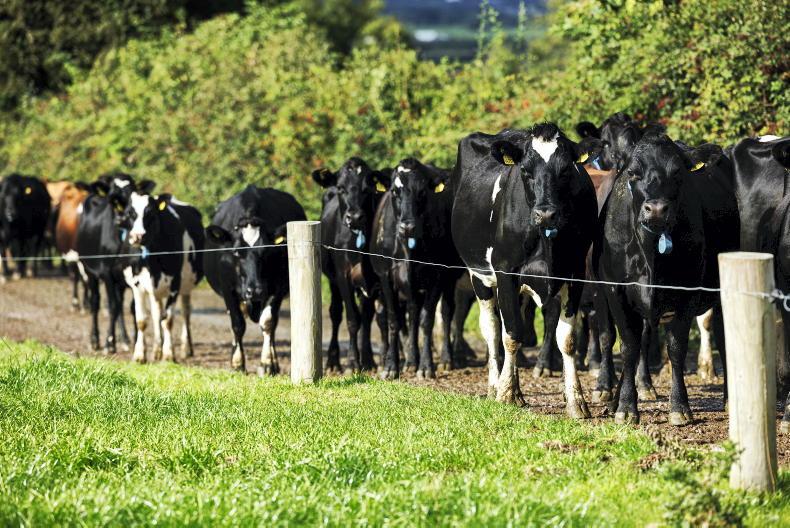
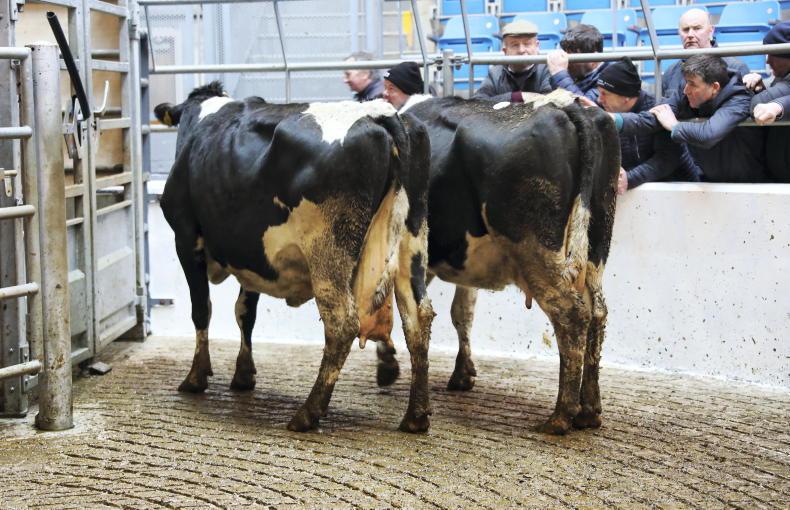
SHARING OPTIONS